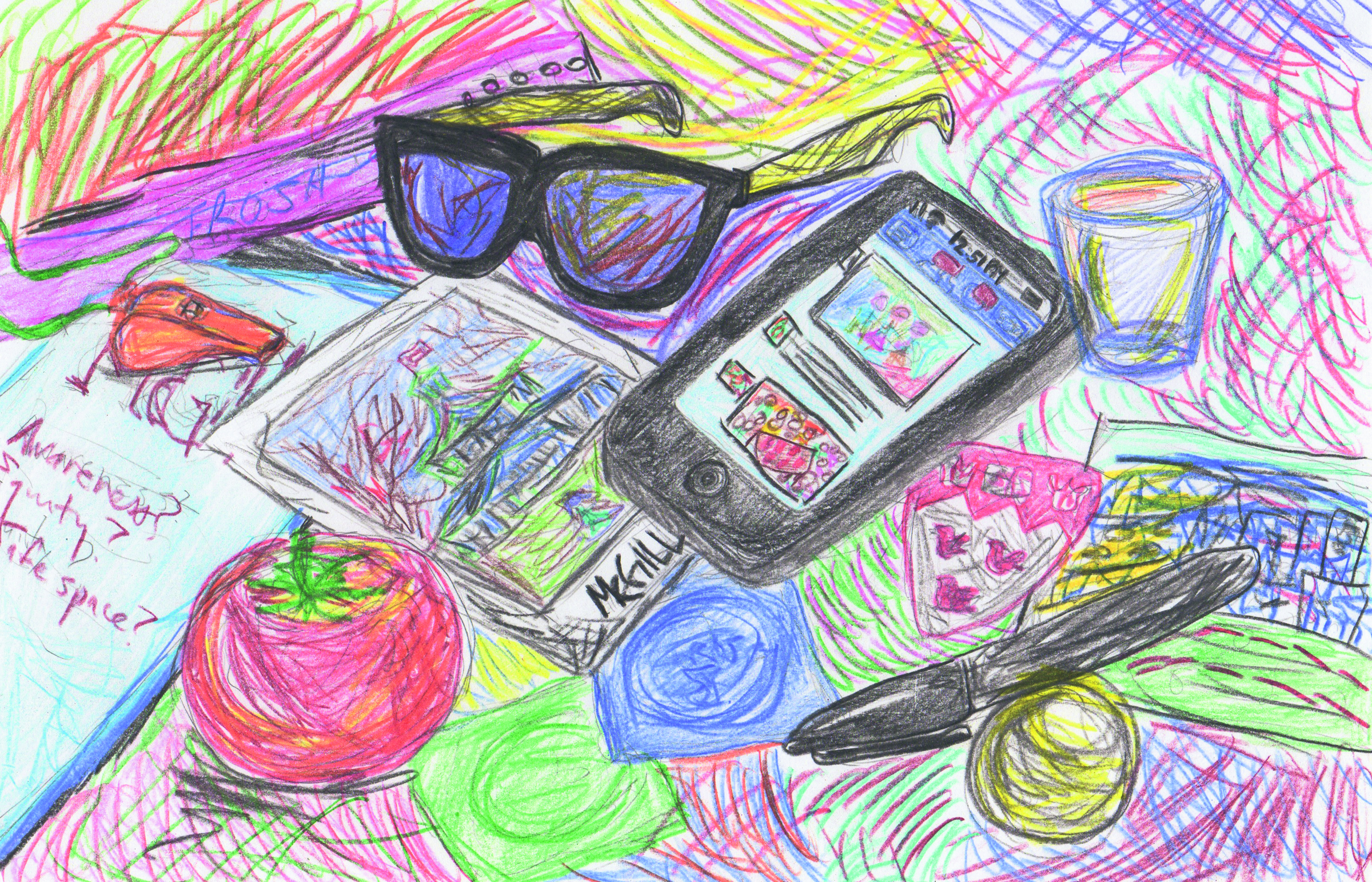When you think about accessibility, said Tanja Beck, the Access Services Advisor at the Office for Students with Disabilities (OSD), “it’s a different way of thinking […] You have to wrap your mind around [potential] barriers in the environment.”
For many, Frosh is a time for fun, meeting new friends, and getting acquainted with a new city and university. However, for other students, Frosh and other orientation events can be a series of barriers.
Attempts to reform Frosh are numerous, and have been addressed many times. So what kind of progress has been made on ensuring Frosh is accessible to those with physical or financial limitations?
Physical accessibility
According to Beck, 3 per cent of the McGill student population has a physical disability registered with the OSD. Although there are not any clear statistics on how many students with physical disabilities participated in Frosh this year, official Frosh policy aims to be broadly inclusive.
First-years who participate in Frosh and who have a physical disability often choose to tell the coordinators personally, in addition to the online registration option given ahead of time. Sahil Kumar, VP Internal of the Science Undergraduate Society (SUS), told The Daily in an interview that out of 1005 participants in SUS Frosh, only one had a physical impairment – and they were able to participate in all of the activities.
To increase physical accessibility, Kumar said that he and his colleagues made sure, when first checking out the venues for night events, that they “were all wheelchair-accessible, that they all had elevators and escalators […] we made sure that [students] could get to the venue easily as well.”
Beck emphasized the importance of being proactive in integrating accessibility into Frosh. “We slowly want to decrease [the] amount of individual accommodations that we need to make for students, because if you think of accessibility right from the start and build it in, there’s less and less need.”
Beck gave the example of a visually impaired student who participated in Frosh several years ago. According to Beck, Frosh coordinators had not thought ahead about possible barriers, and the OSD was eventually left to hire an attendant.
According to SSMU VP Internal Brian Farnan, the OSD and Frosh coordinators worked together closely to help ensure that no students were left out of Frosh activities, regardless of physical ability. “We had two students who actually needed to use a wheelchair […] As soon as we figured this out, we were in touch with the OSD [who were] an awesome resource the whole week. […] Both students got to participate, which was great,” Farnan said.
“Physical disability is definitely the first step that has to be taken to make the university accessible,” Beck said, but she also added that the next step was to think of students with invisible disabilities, including chronic diseases or mental health problems.
“Frosh should be as inviting as possible to the whole diversity of students,” said Dorthe Eriksson, an Access Service Advisor at the OSD.
Financial accessibility
In the annual post-orientation survey of students in 2012, 32 per cent of students surveyed said they did not participate in a faculty Frosh. One of the many reasons cited was the expense. In fact, even out of those students who participated in a faculty Frosh, 34 per cent of students “strongly disagreed” that faculty Froshes were affordable.
Farnan said that the integration of SSMU and different faculty Froshes helped fund a diversity of events – including events for underage students, or à la carte events, most of which were optional and free. However, it is no longer possible to simply pay for only faculty Frosh. The combined price? Around $110 to $130, depending on the faculty.
This year, Kumar and his colleagues at SUS Frosh decided to implement a bursary that covered the full price – $125 – of SUS Frosh. The bursary, distributed to five students through an online application form integrated into online registration, was a big success according to Kumar.
SUS VP Inclusive Programming and Alternative Events Shannon Herrick said that the bursary was essential to the recipients. “[For them] it was, ‘if I do not get this, I will not be able to participate in Frosh,’” she said, adding that the recipients had a great experience.
However, no other faculties this year offered bursaries. “We’ve toyed with the idea of a fund or a bursary program,” Farnan said. “It’s in the works – how we can do it has yet to be discovered.” Until then, he added, “our best bet is to continue to try to reduce the actual cost of participating” by reducing costs internally.
With files from Jordan Venton-Rublee.

